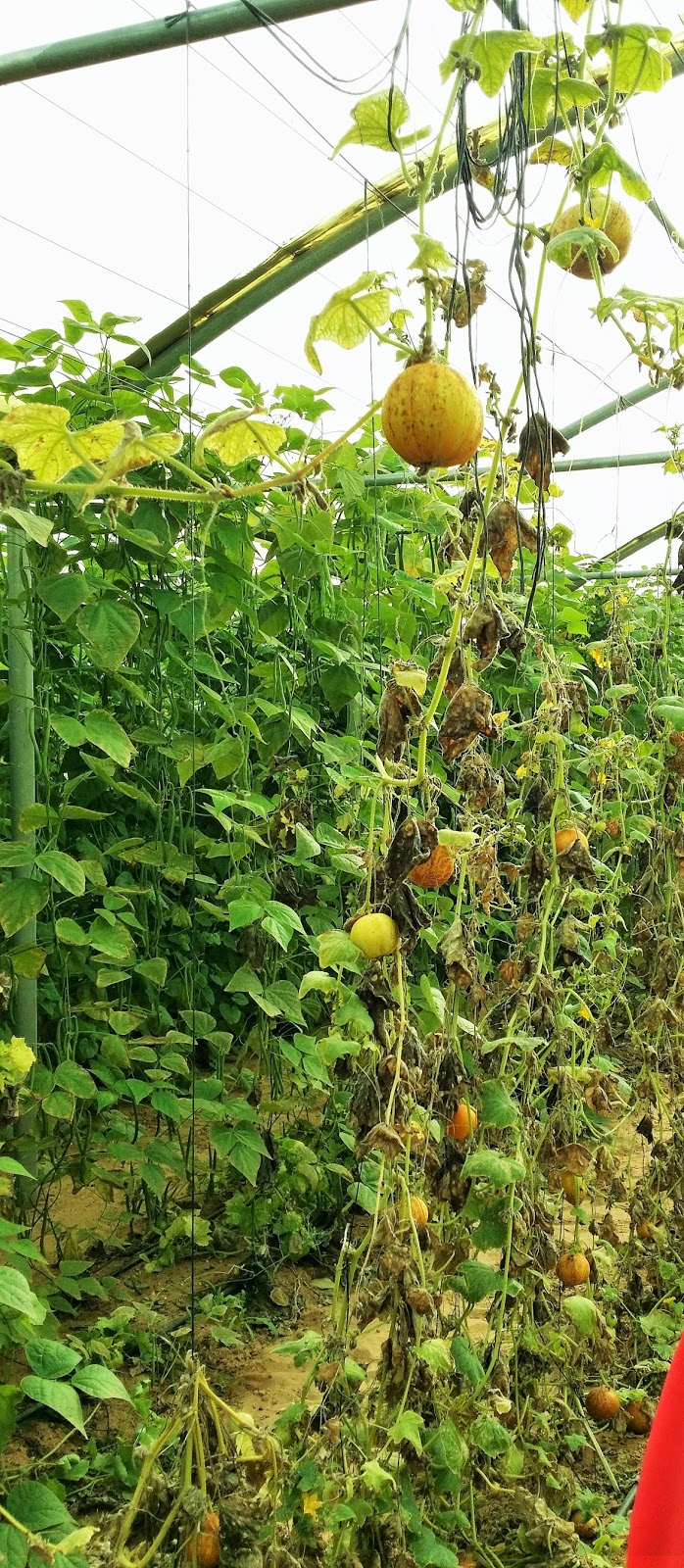For an architect, architecture is a kind of memoir.For an architect, architecture is a memoir, whether on paper or in the form of a building piercing through the sky, it’s a record of events by a person having intimate knowledge of the works based on personal observation.
Architecture begins in an architect’s imagination of what he/she perceives the space to be, and initiating from a single thought it develops step by step taking form, into a particular building type. Architecture has its own language, its own way of communicating its purpose. Functionally and ‘Form’-ally suitable architecture of any building can teach its surroundings a better standard of living, a better way to operate.
It is through the architects knowledge, understanding and vast imagination, that an architect gives shape to his buildings, and in continuation these very buildings shape their surroundings.
Architects and Architecture play a vital role in portraying the culture of any country. The choice of materials, the layout of spaces, and the degree of enclosure reflect the climatic conditions, religious state and political philosophies of the context in which the building is to be placed. The way in which people organize their places is related to their beliefs and their aspirations, their world view. A world varies, so does architecture, may it be at the personal, social and cultural levels, and between different sub cultures within a society.
"Noble life demands a noble architecture for noble uses of noble men. Lack of culture means what it has always meant: ignoble civilization and therefore imminent downfall."- Frank Lloyd Wright
Every man's work, whether it is literature or music or pictures or architecture or anything else, is always a portrait of himself, and this is what makes architecture so dynamic, as every man changes according to the times, developing and evolving his thoughts according to the demands of the world revolving around him. Therefore architecture becomes a canvas of confession with the artist/ architect revealing himself either through his work on paper or his use and delivery of words. Even a building reflects its architect’s way of perceiving the space to be. It is every man’s desire to come across a challenge in their professions, but how well they overcome the challenge can be best seen done by an architect.
“All architects want to live beyond their deaths."- Philip Jhonson
Architecture coming from the Mesopotamians, Greeks and Romans still reflect much of the architecture of today, providing the basis of the elements of architecture. So much has been taken up by us, from the past civilizations, in designing the buildings of today.
The Pyramids of Giza, the fortified defensive walls of citadels, the 3 dimensional orientation of the Parthenon have left an important mark on the face of the earth, not only because of how they appear to the eye but also because of the experiential understanding of the spaces. When a design is taking form, various additional factors come into play, which change with time, enlightening and heightening our actual experience of the spaces.
It is a true architect who considers the 4th dimension while designing a building and is successful in providing his clients with a complete experiential tour of the space designed.
Light plays an important part in redefining spaces.
"Light, God's eldest daughter, is a principal beauty in a building."-Thomas Fuller
Le Corbusier uses a dim religious light to illuminate the side altars with daylight softened by its reflection off white roughcast walls in Notre-Dame du Haut at Ronchamp. Through the absence of interior partitions in Villa Shodhan, Le Corbusier was able to bring natural light into certain spaces as an architectural material. This, along with the free passage of the warm Indian breeze created a tactile and ever-changing environment with a strong connection to the natural site. In effect, the Villa’s openness is its most tangible trait. . The doors of ancient Greek temples faced the morning sun, the red light from the east dramatically illuminating the figure of the God within. In view to all the various architectural building types, light has been used in various ways to give identification to different spaces and in all these buildings a real building is one on which the eye can light and stay lit.
There’s plenty of intelligence in the world, but the courage to do things differently is in short supply, and it is this irresistible urge in a creative architect that characterizes true architecture. How well an architect understands the clients requirements and the context of his building depends on his vastness of imagination An architect does not sleep, as the great thing about being an architect is that they can walk into your dreams.
For every architect each of his designs in sequence of building through time is like an open visual book, to which he can refer to, while designing the next building innovating his designs to the fullest, in accordance to his previous buildings. With help to such a visual reference of his own buildings, an architect can improvise on his designs, and become a part of history, engraved in millions of thought processes altering their life forever.
"When we build, let us think that we build for ever." -John Ruskin



.jpg)

.jpg)
.jpg)
.jpg)









.jpg)





.jpg)
.jpg)


.jpg)

.jpg)

.jpg)
.jpg)